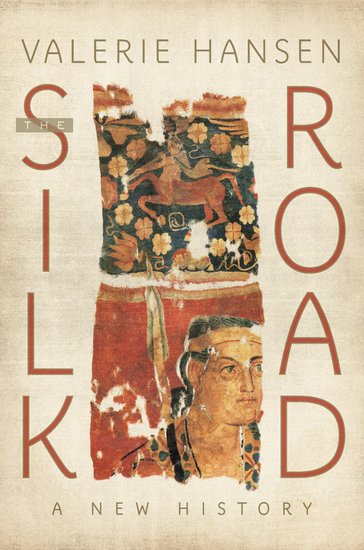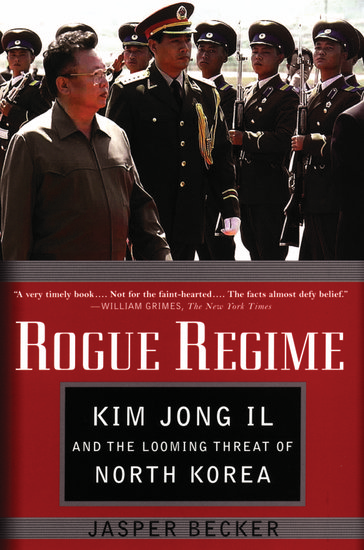North Korea and the bomb
By Joseph M. Siracusa
It is vital to begin any discussion of North Korea’s nuclear program with an understanding of the limits on available information regarding its development. North Korea has been very effective in denying the outside world any significant information on its nuclear program. As a result, the outside world has had little direct evidence of the North Korean efforts and has mainly relied on indirect inferences, leaving substantial uncertainties.









